The garden at the Old Rectory, Preston Capes: Happily ever after
Reinstating the view was central to the remaking of the garden at the Old Rectory at Preston Capes, Northamptonshire. Tiffany Daneff reports from an unusual site that surrounds the local church.


The 13th-century church of St Peter and St Paul stands left of the main gates into the gardens of the Old Rectory in Preston Capes, a small village with large views over undulating fields and tree-lined hills, the latter rare in this part of south Northamptonshire. Generally, the county of squires and spires is hunting country, running over flat fields and wide hedges, the skyline pierced with medieval steeples. It was the lovely rural view with still-visible ridge-and-furrow stripes that drew Luke and Victoria Bridgeman here in 2007, when they bought the rectory from its former owner, Norman St John-Stevas, formerly an MP and later Lord St John of Fawsley, who is buried in the churchyard on the other side of the garden wall.
As so often happens, much of that view had become obscured and overwhelmed by trees—a mature beech and cedar—and overgrown hedges, although the main culprit was a line of Cupressus leylandii. These had been planted by St John-Stevas as a wind-break, but, by the autumn of 2008, when the Bridgemans finally moved in (‘Norman wanted to enjoy a last summer here’) the evergreens had grown outlandishly high and blocked the view to the right.

For the first 10 years, the Bridgemans were happy in their garden. The children played on the large lawn that reached almost to the red-brick walls of the Georgian house and was edged with the skimpiest of beds, which, Mrs Bridgeman remembers, ‘crept around the walls with room only for climbers that clung to the brick’. She trebled the depth of the beds to make space for roses and some herbaceous planting beneath the honeysuckle, roses, wisteria and clematis and enjoyed the bulbs that appeared each spring on the bank below the leylandii—snowdrops and narcissus—and were followed by primroses.
There was a surprising amount of garden with which to contend. The Bridgemans had a sense that there was much more that could be done to enjoy it more fully, as well as to better link its various parts, which included, at the bottom of the hill, an area that was, if not quite big enough to be described as parkland, was planted with mostly oaks and limes and grazed by a herd of roe deer inherited from St John-Stevas. Unless you knew the garden well, you might not push open the gate in the garden wall behind the house to discover a path that leads around the upper slopes of the hill embracing the church in its walled churchyard above, with fields full of nettles sloping down and away to the right.
‘Luke suggested that we get in an expert to help us,’ remembers Mrs Bridgeman, who has become a keen gardener and, together with expert help three days a week from Chie Arai, an extremely knowledgeable plants-woman, keeps the garden going.
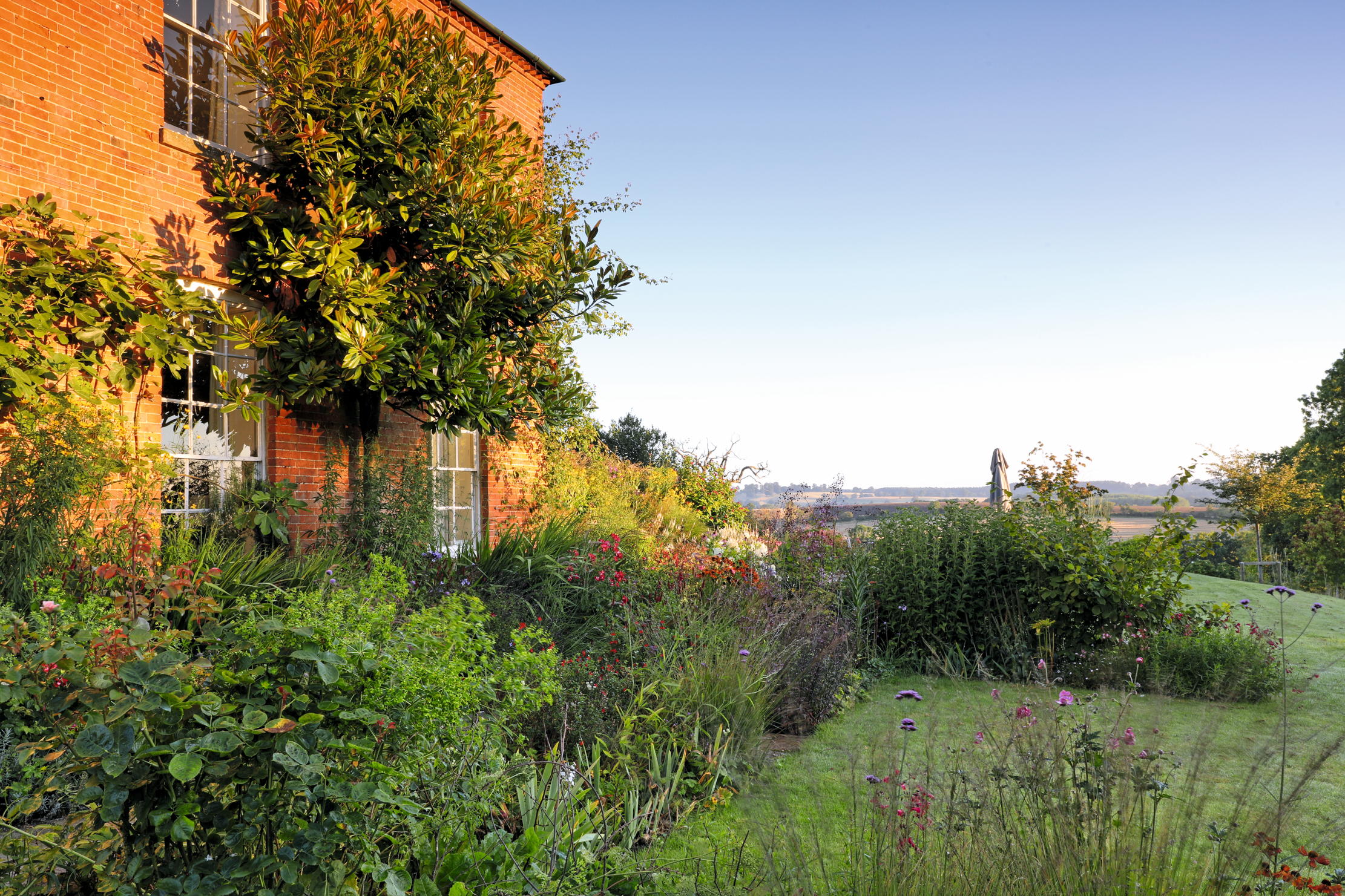
The owners talked to the Oxfordshire-based designer James Alexander-Sinclair, who had done some work for Mrs Bridgeman’s parents. The idea was not to go for a radical change, but to open up the view, bring in more colourful planting and make better use of the garden by creating different areas to sit and enjoy the sun as it moves around the house.
The most obvious intervention as one walks around the garden today, four years after the works started, is the removal of the leylandii hedge and the cedar, which had to go after dropping a large branch. The beech has also gone, as it was slowly rotting, with a holly growing through its centre. ‘We must have taken out about 50 leylandii,’ says Mrs Bridgeman. ‘We felt a bit exposed at first’, but young plantings of the fine species Sorbus ulleungensis ‘Dodong’, with its vivid orange-cut leaves and large clusters of berries, are taking well on the bulb-filled slopes, where choice acers, liquidambars, hydrangeas, hamamelis, cornus and roses will eventually provide a froth of autumn colour below the lawn.
Exquisite houses, the beauty of Nature, and how to get the most from your life, straight to your inbox.
The latter has changed considerably, with three square beds of herbaceous plants cut into the side nearest the house and a huge bed in front of the long garden wall. A small access path at the back allows you to get in to clear or simply walk through the shrubs and perennials, which, by late summer, are towering well above you. Stand-out plants here are two Calycanthus ‘Venus’ and ‘Aphrodite’ and huge inulas, rudbeckias and coreopsis. A handful of low yew domes are spotted about the beds, not quite marking each corner, for that would be too formal, but giving just the necessary markers to ground the airy plantings that, in late summer, feature red spikes of bistorts, yellow rudbeckias and the perpetual flowering Rosa x odorata ‘Mutabilis’.
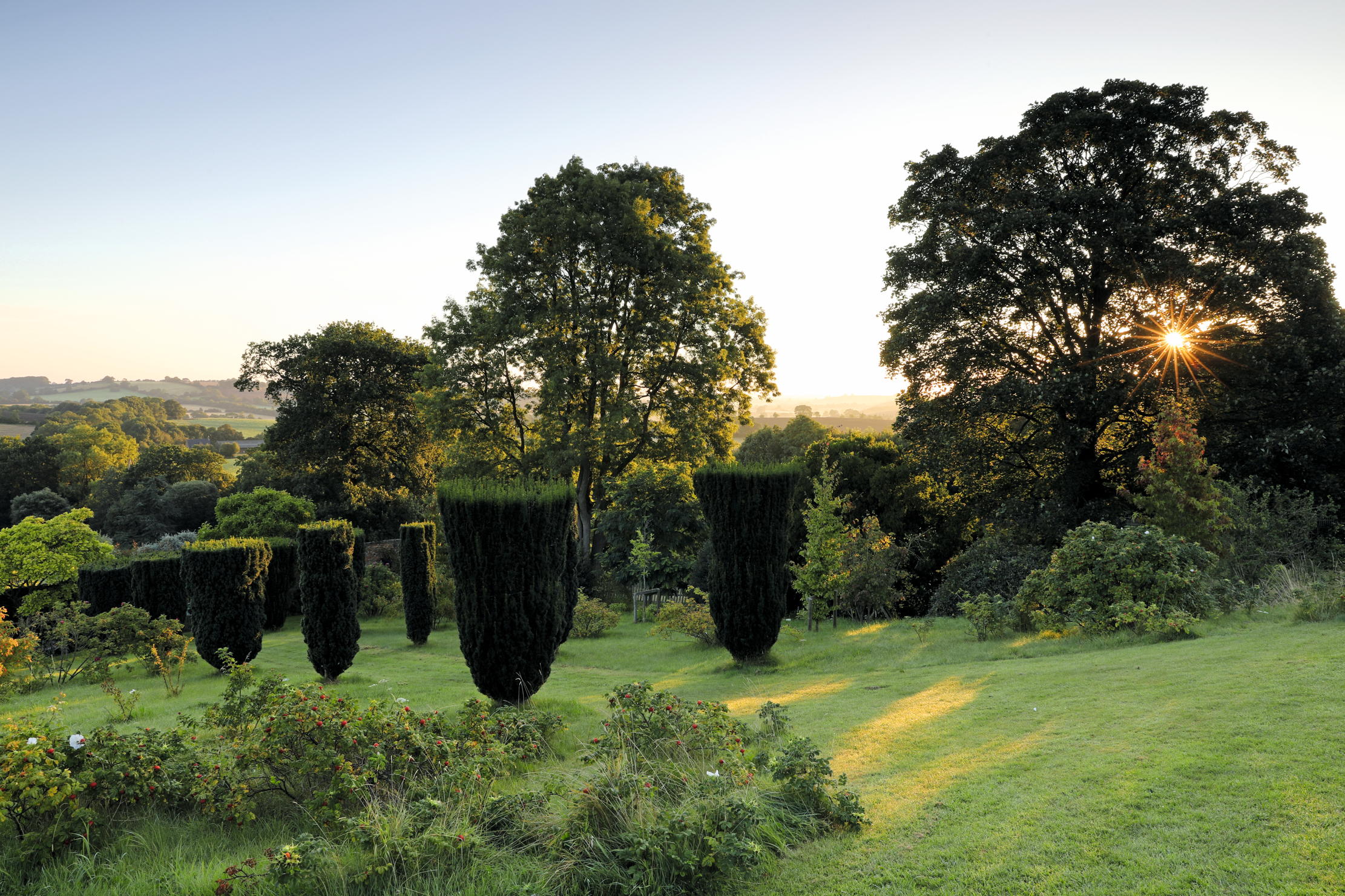
These massed flowerbeds are edged with a cool limestone path that leads past a formal pool to a terrace arranged with benches and tables, where one can at last properly feast on the view. The idea for this came from Mr Bridgeman. ‘The benches were all Norman’s.’ The garden below slopes in a wilder meadowy planting of long grass, through which grow mounds of Rosa moyesii, their hips gleaming in the late-summer sun, with a double row of flat-topped Irish yews (planted in St John-Stevas’s time) leading to a gate through to the deer field below.
Many cherries and apples have been put in around the garden and in the orchard. Along the path below the church the steep grassed bank is now filled with gorse, hazel, field maple and sorbus, all of which can be found growing wild in the fields and hedgerows. At the bottom of the hill, a new pond catches the eye and more oaks and limes have been added to those in the deer field.
Where the land below the churchyard had sloped steeply away, Mr Alexander-Sinclair suggested levelling the ground to create space for a productive garden and using the spoil to gently level the field below. Mrs Bridgeman has put in another round pond just outside the entrance to the vegetable garden and planted cherries around it, too. This area below the churchyard is now home to cutting flowers and peonies and is a favourite place to sit.
Closer to the house, small terraces and gardens have been created, with tables and benches to sit and read or have coffee. Each has its own personality and moment in the sun. To screen these from the churchyard is a ‘wall’ of pleached ornamental pear, Pyrus calleryana ‘Chanticleer’, which comes into flower early in spring with bright-orange leaves late into autumn. Everything looks so happily settled here that it takes some effort to imagine the garden was ever any different.
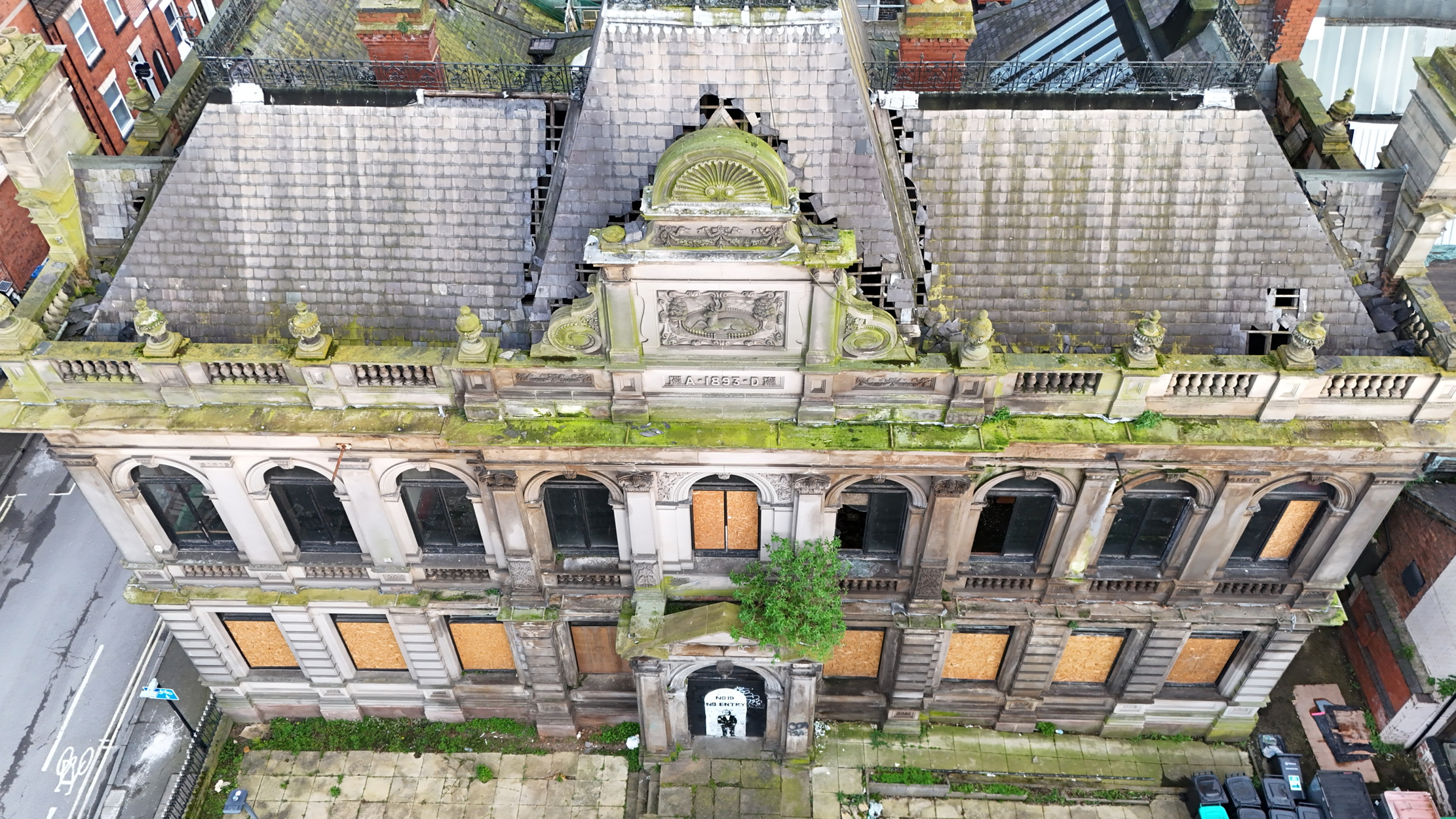
A venue where AC/DC played, a hospital where Vera Brittain wrote and the largest glassmaking company in the world are the newest additions to the Victorian Society Endangered List
Every building has a unique story and they are all in danger of being lost, the heritage society warns, unless
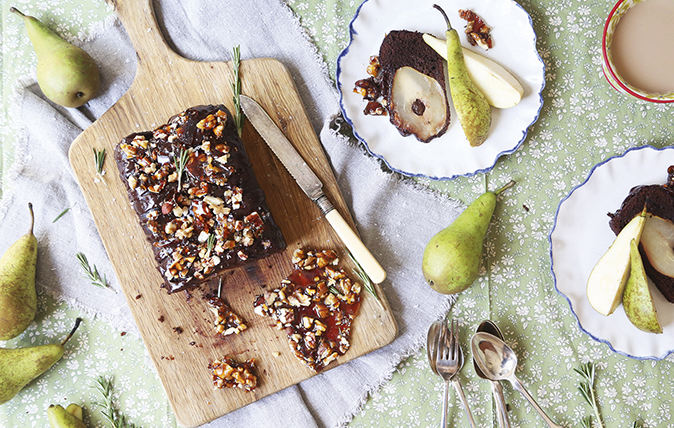
Pear, chocolate and chocolate-ganache loaf with pecan-and-rosemary brittle
This delicious pear-and-chocolate loaf is the perfect autumnal treat.
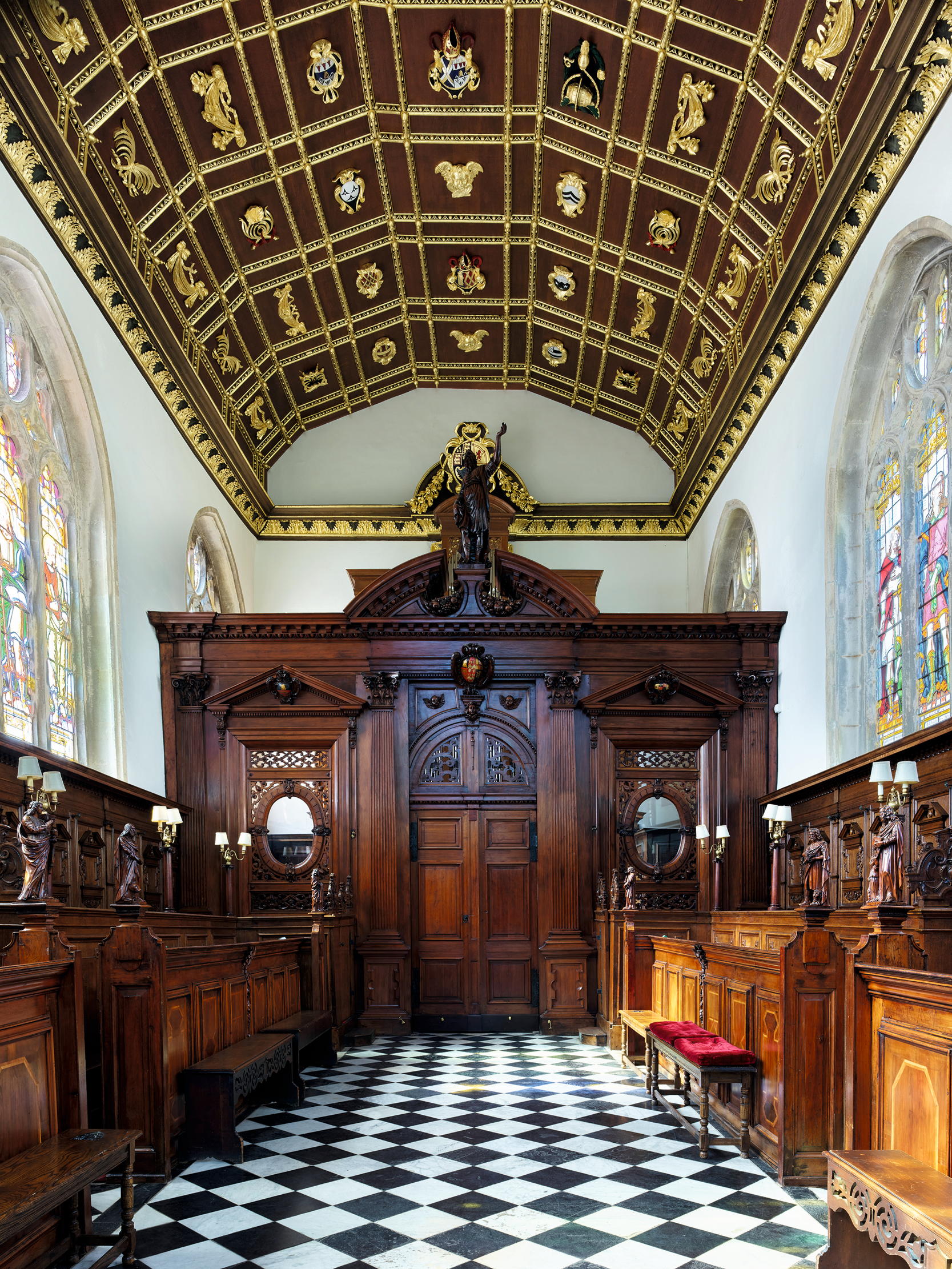
The chapel of Lincoln College, Oxford: 'Most costly and church-wise'
John Goodall describes the 17th-century expansion of Lincoln College, Oxford, to include an outstanding chapel, amid a bitter personal clash
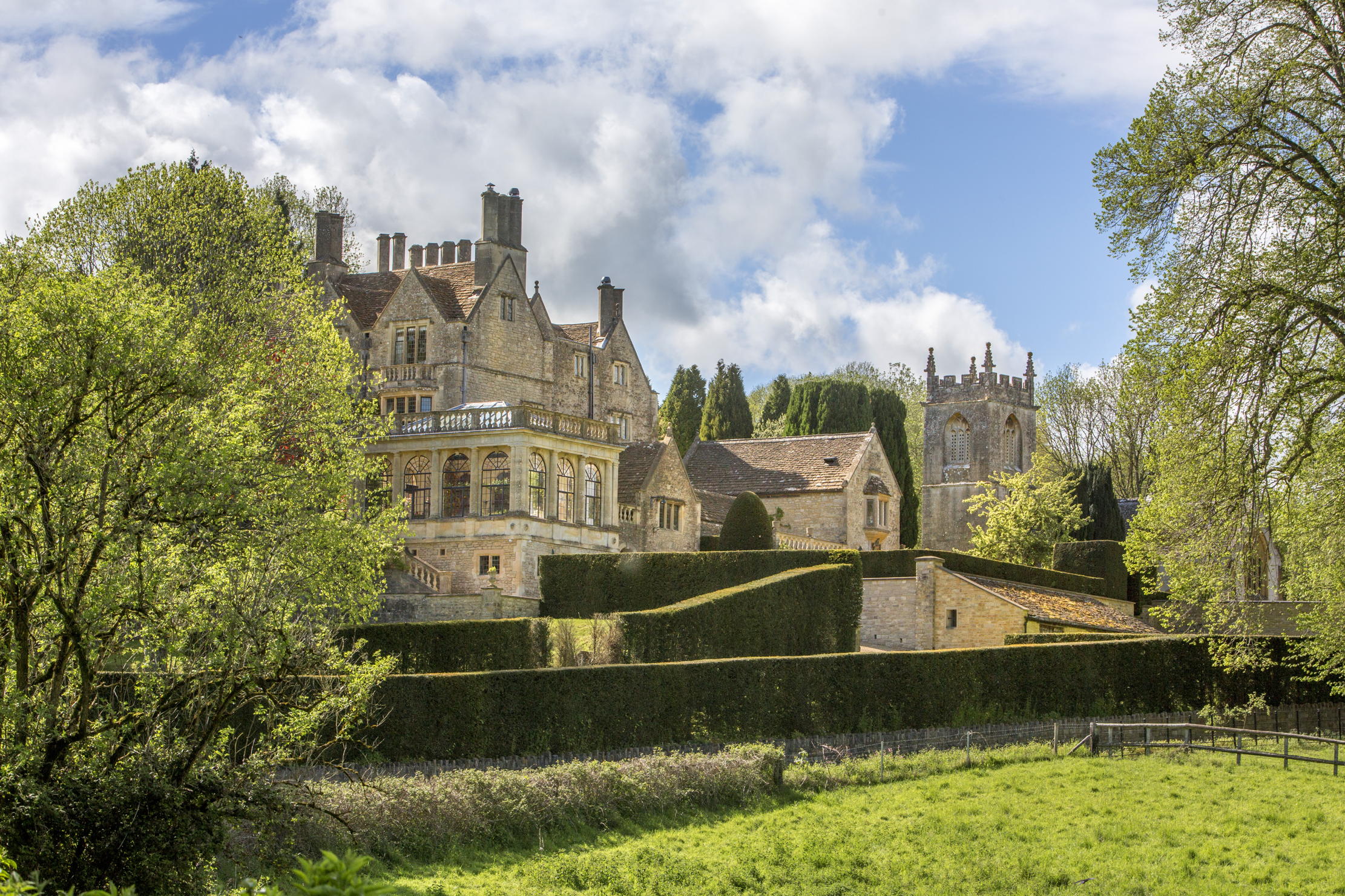
Credit: Savills
Live and let live in the gorgeous former monastery that's been home to everyone from iconic Bond girls to legends of music
Jane Seymour bought this stunning house a few years after becoming one of the most celebrated Bond girls in the
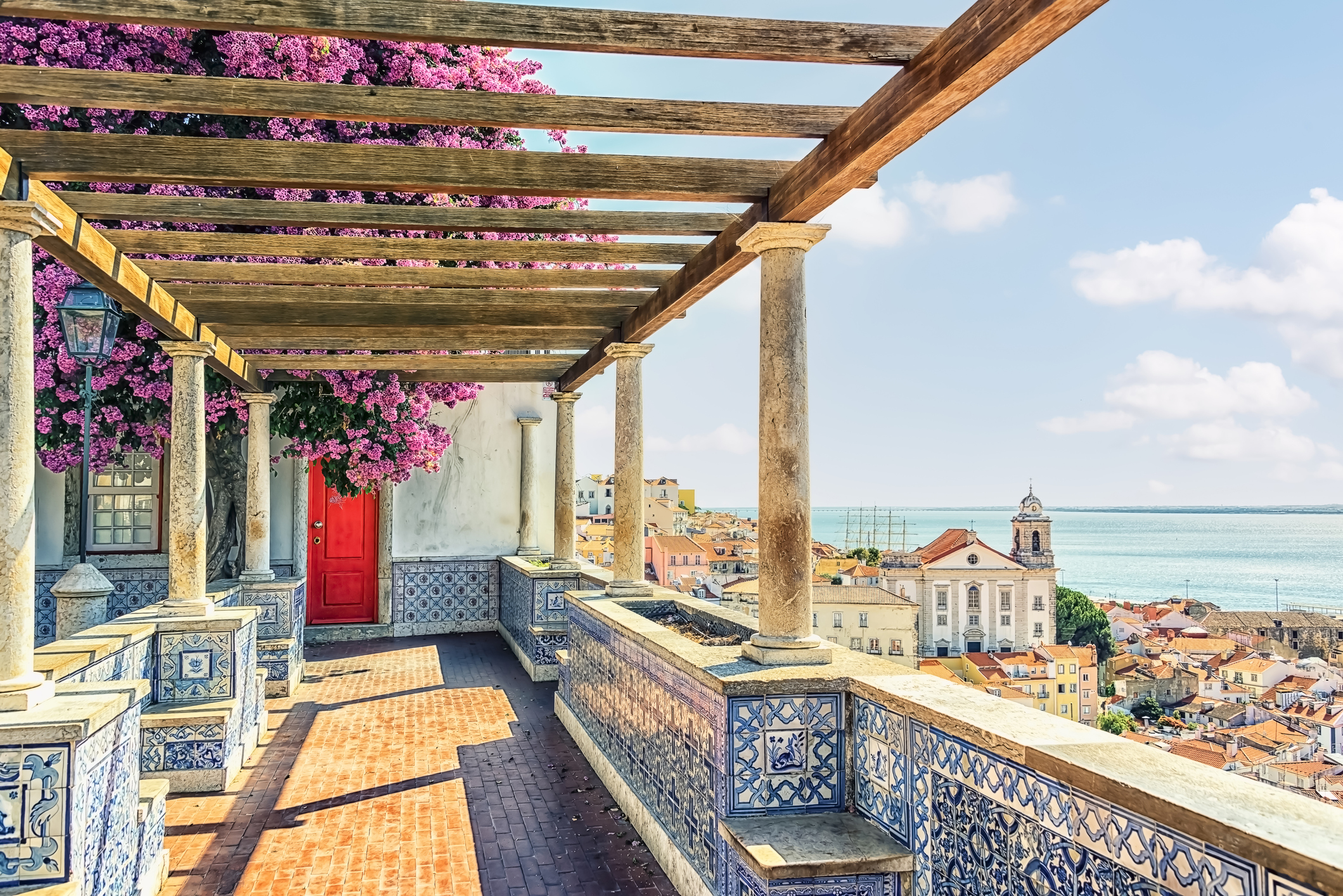
Tom Parker Bowles: Portugal's food is just as modest, understated and utterly bewitching as the rest of the country
Portuguese cuisine is vibrant and enchanting, says Tom Parker Bowles.

Curious Questions: Do Panama hats actually come from Panama?
As supple as an Olympic gymnast and as uncrushable as the bulldog spirit, the Panama hat has long been a
Previously the Editor of GardenLife, Tiffany has also written and ghostwritten several books. She launched The Telegraph gardening section and was editor of IntoGardens magazine. She has chaired talks and in conversations with leading garden designers. She gardens in a wind-swept frost pocket in Northamptonshire and is learning not to mind — too much — about sharing her plot with the resident rabbits and moles.
